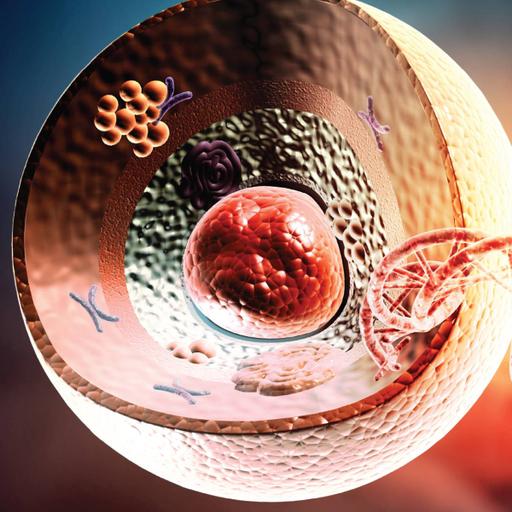Golgi Body
Presentations | English
A Golgi body, also known as a Golgi apparatus, is a cell organelle that helps process and package proteins and lipid molecules, especially proteins destined to be exported from the cell. Named after its discoverer Camillo Golgi, the Golgi body appears as a series of stacked membranes. It is a central intracellular membrane-bound organelle often located adjacent to the nucleus in mammalian cells. Many efforts have been made to understand the mechanism of Golgi structure formation. The formation of the Golgi ribbon depends on Golgi matrix proteins and an intact microtubule organization. In addition, glycolipids and sphingomyelin are synthesized within the Golgi. In plant cells, the Golgi apparatus further serves as the site at which the complex polysaccharides of the cell wall are synthesized. The Golgi apparatus is thus involved in processing the broad range of cellular constituents that travel along the secretory pathway.

30.00
Lumens
PPTX (60 Slides)
Golgi Body
Presentations | English
